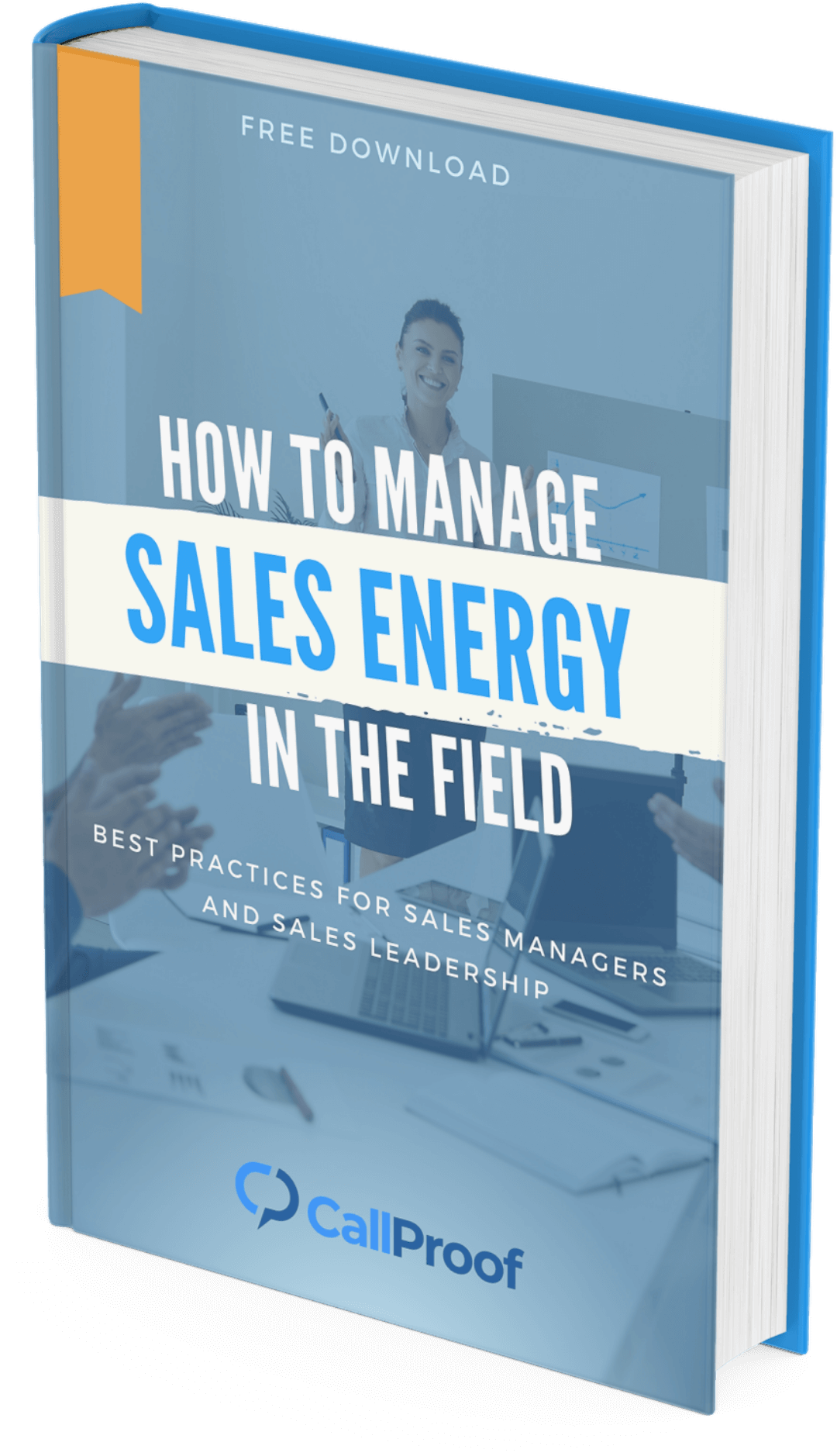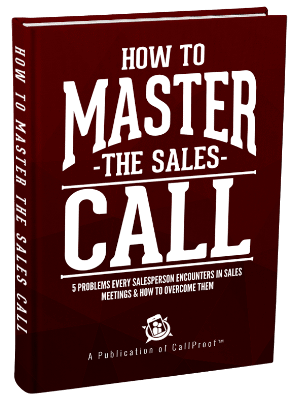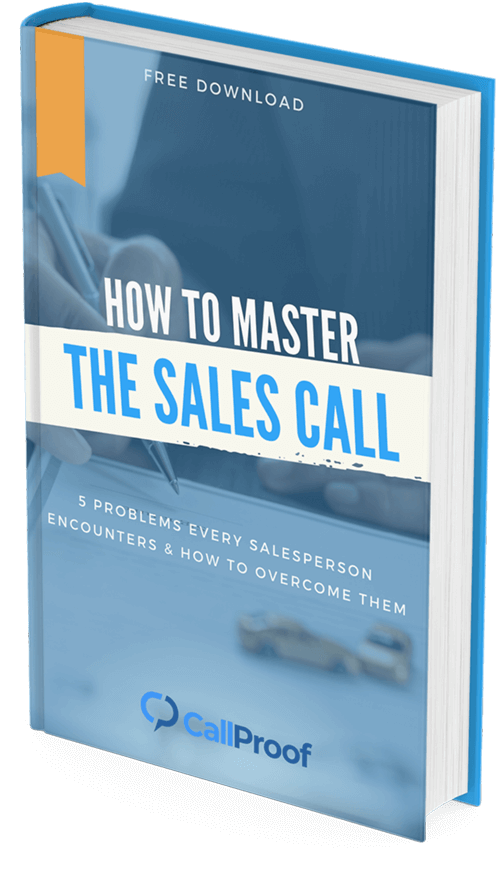
Benjamin Franklin once said, “Energy and persistence conquer all things.” Well, he may have exaggerated a little, but it sure does seem to apply to sales.
Sales relies on persistence. And often, that persistence relies on following up.
When you’re dealing with clients, you should always have a next step. No matter what. Follow-up calls can be the perfect way to close the loop and provide your next interaction with a prospect.
Contact Them… Then Contact Them Again
Sales is based on a series of touches. Sometimes you call prospects, and sometimes you need to make contact in another way. Before they buy, people need trust, timing, and money.
The faster and the more frequently you can interact with them, the faster you can identify those needs and build trust. Some interactions directly affect the sale. Others focus on building a relationship with the client.
Here’s how we get to know your future clients and move them through the buying process.
Ask, “When should I follow up next?”
Always pin down the next action step at the end of a sales meeting. Just ask them, “When should I follow up next?” so you know where the prospect is in the buying cycle. This closes the loop for the meeting and helps you plan your next steps accordingly.
Mail a Handwritten “Thank You” Note
Always drop a “thank you” note in the mail after your meeting. And, if you can, make sure it’s sent from their town. I write a note as soon as I leave a meeting and mail it right away.
Send Your Quote ASAP
If the call to action is to send a quote or proposal, send it soon. It’s helpful to tell your prospect exactly what to expect. I might say, “I’ll send you an email right now to make sure you have my contact information. I’ll get a quote together for you later today or early tomorrow.” Now, they have your information and know when to expect the proposal.
Follow Up Immediately After Sending the Quote
After you send your proposal, call your client ASAP. That way, you can make sure they received the quote before they can form an opinion on it. This conversation isn’t about finding out what they think about your quote, but rather confirming they have the information. I might say, “Hey, I just sent you the quote and wanted to make sure you received it…. Great! When should I follow up with you next?” They’ll tell you.
Call Back
Now, when you call for the next step, they’ve given you permission to contact them. Check and see where they are in the process since they’ve had some time to think about the quote.
As you take these steps, you build in touches along the way. From your first sales meeting, you’ve worked in three more interactions before discussing the quote. Some people say it takes 6 to 7 touches to close a deal. Obviously, that varies with different products and services, but consistent contact builds trust and moves prospects toward a sale.
If You Don’t Follow Up
Consistency takes discipline. As a salesperson, you need to follow a plan — not just for the sake of checking items off your to-do list, but because follow-through builds confidence and increases your likelihood of success.
People want excellent customer care. If you don’t follow up when you’re in the sale phase, you probably won’t respond to them in time once they’re a client. The sales process is like an interview. Prospects want vendors who stay organized, respond immediately, know what they’re doing, and know the next steps. And with good sales follow-up, you get to show them what it’ll be like to do business together. If you don’t follow up, they won’t want to work with you.
How to Make a Great Follow-Up Call
Before you reach for the phone, do your homework. Check your notes so you know what to say in a follow-up call. You’ll need to remind yourself when you last spoke and how you left the conversation. Here’s the basic outline for a great call.
1. Immediately say your name and your company.
2. Remind them when you spoke last and what you spoke about.
3. Quickly recap any of their concerns and provide solutions. This will remind them why they’re on the call.
4. Be persistent and polite, not obnoxious or pushy.
When to Follow Up
Generally speaking, you want sales follow-ups to be tight. Leads are like fish — the older they get, the more they stink. So keep leads fresh with a quick follow-up. If you’re selling to a really busy person, make their next steps easy so you can keep them in the sales process without taking up too much of their time.
Active and Latent Buyers
Also, consider what kind of buyer you have: are they active or latent? Active buyers are an active opportunity in the pipeline. You’re following up with them in 60 days or less, and they’re ready to buy a product.
But, if a prospect asks you to wait more than 60 days for your next follow-up, consider them a latent buyer. That means you’re nurturing them to become an active buyer in the future.
How a CRM Helps You Follow Up
A good CRM makes sure you don’t miss anything as you work to close the loop and set your next follow-up actions. Successful people in sales do two things:
1. They schedule a follow-up action every time they speak with someone.
2. They make notes about every interaction. Sometimes they even add notes that say, “Nothing to note.”
That’s why you need a CRM that plays well with the tools you use to keep track of your life. It needs to integrate with your calendars and to-do lists so no one falls through the cracks. You’ll also want a solution that files notes with each action step. That way, it’ll be even easier to access the information you need to make a great follow-up call. And, if the CRM is easy to use on the go, you can make your updates and action steps immediately — which is even better.



